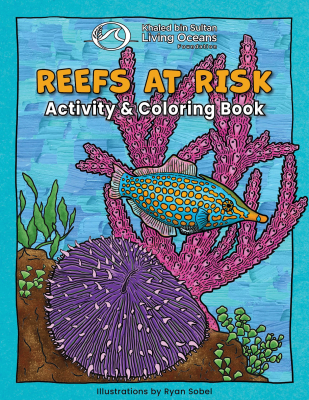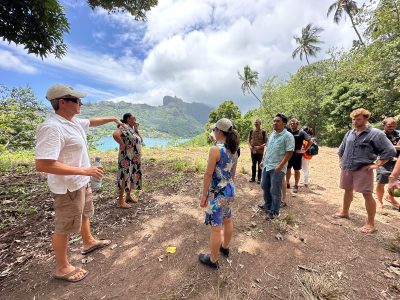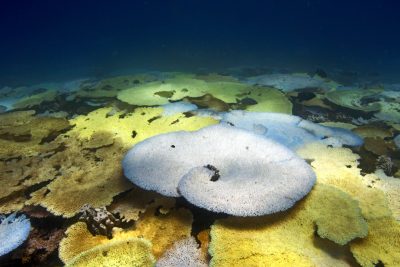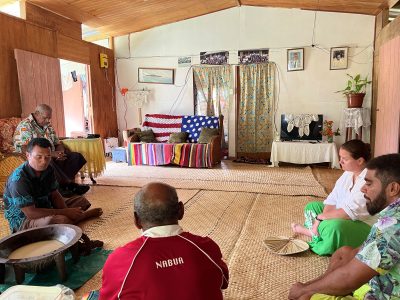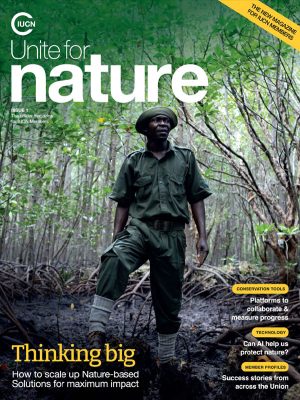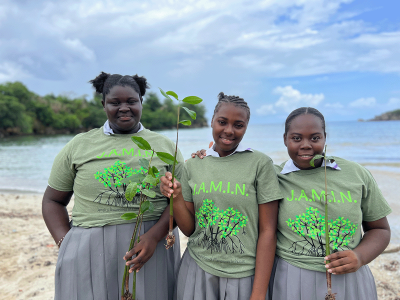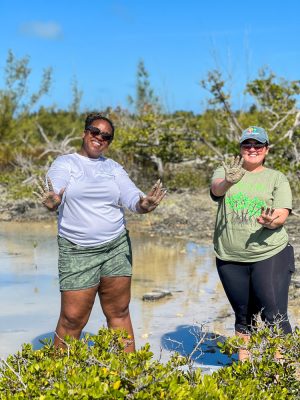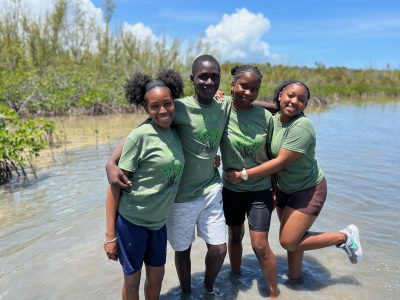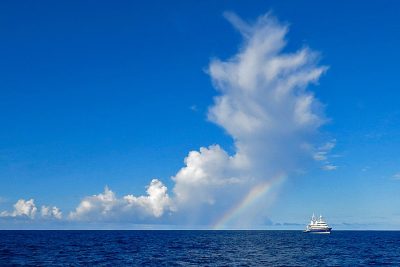
Our Mangrove Education and Restoration Programs Are Back in Session!
As the leaves start to change and the air becomes crisp with the promise of a new school year, our team is once again gearing up for a fresh start. While I may no longer be a formal educator, the

